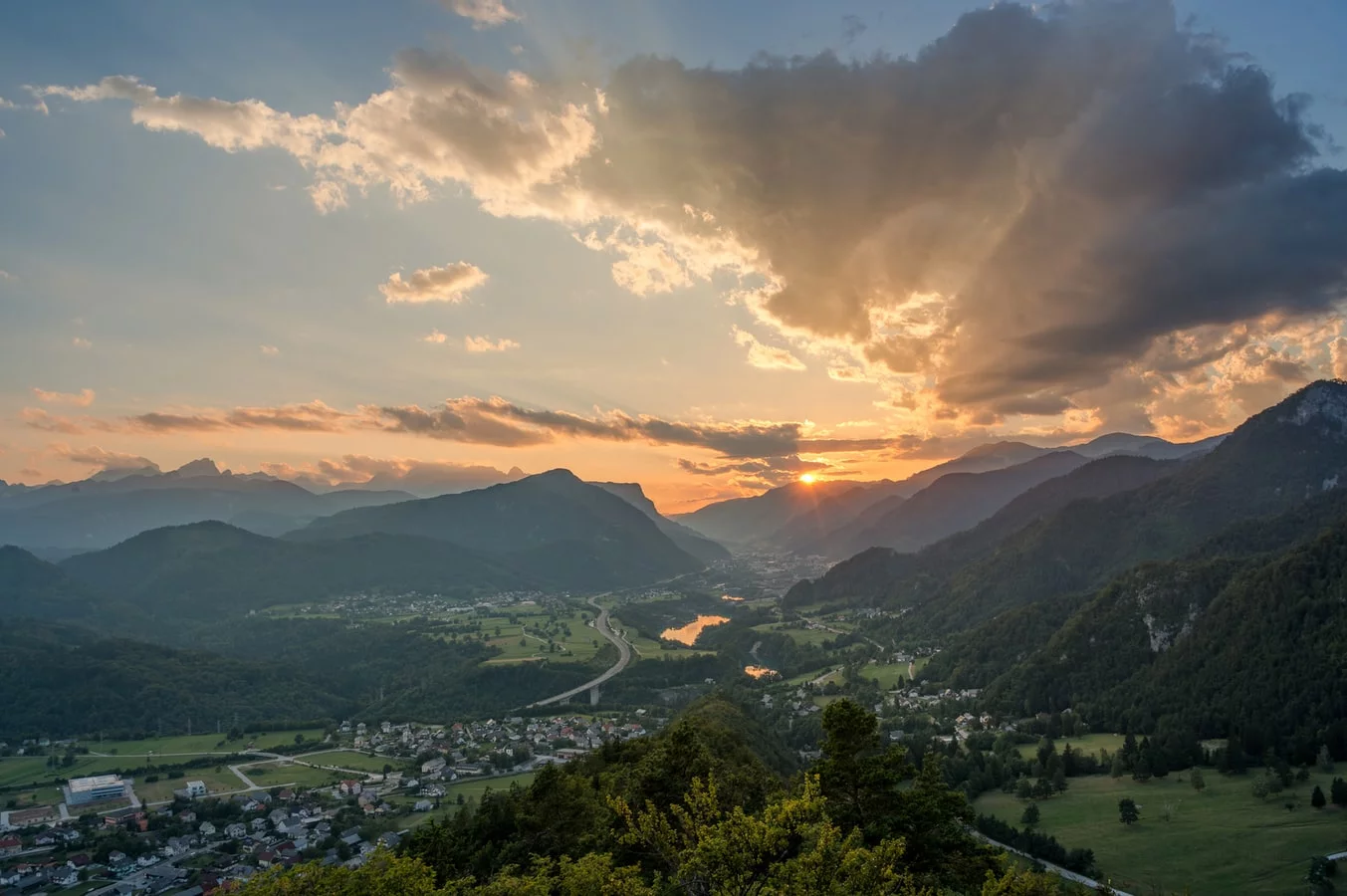The Catalan town of Argentona (12,000 inhabitants) spearheads the network of Catalan Zero Waste municipalities. Up until 2004, Argentona was recycling less than 20% of its total waste as most of the waste generated was taken to the local incinerator. The opportunity to move away from this system came after the incinerator in Mataró showed signs of saturation.
In 2004, the municipality started its journey towards Zero Waste introducing:
- A new door-to-door collection system
- A Pay-As-You-Throw (PAYT) System that pools further some of the unsorted recyclables within the residual waste
Argentona has paved the way for other Catalan municipalities to walk the path to Zero Waste achieving significant results:
- The recycling rates more than doubled in the area reaching a peak of 68.5% in 2012
- The number of jobs tripled, improving social inclusion and raising the environmental awareness of the community
- The municipality managed to save up to €35,000 a year
- The overall residual waste decreased by 15%
Over the last few years, more and more Catalan municipalities have been adopting the door-to-door collection system and other prevention measures that have proven to be successful in Argentona.

